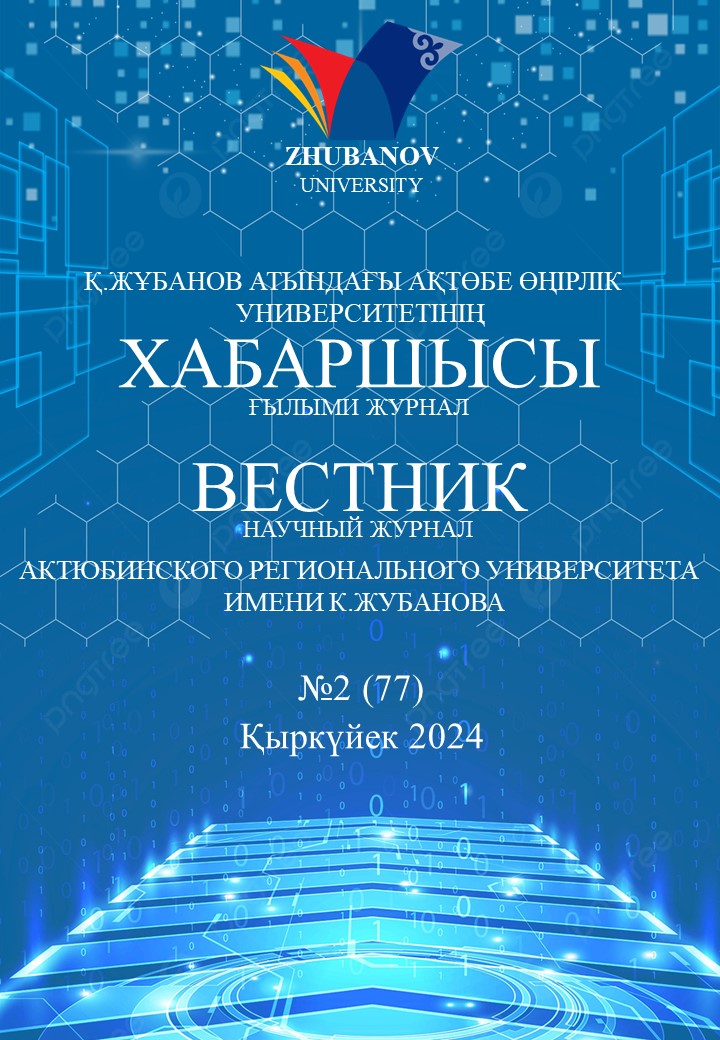In the presented work influence of surfactants on of the oil transformation regularities in hydrothermal conditions was studied. The oil with density 0,9727 g/cm3 was chosen as objects of research. It has been established that the introduction of surfactants reduces the content of resinous asphaltenes as a result of peptizing action on asphaltene aggregates. As a result, more carbon-heteroatom bonds in asphaltenes are involved in the processes of destructive hydrogenation. According to the results of SARA - and chromato-mass-spectral analysis, a change of mass fractions of each fraction is observed. When using the surfactant "SA-3" the content of saturated hydrocarbons is 20% higher than in the original sample, while in the oil sample with the surfactant "SBG" the content is almost unchanged. The content of aromatic hydrocarbons increased significantly with the addition of "SBG" by 19%, and with the addition of "SA-3" by 10%, which is due to the newly formed low molecular weight saturated and aromatic hydrocarbons. Asphaltene content also changed significantly, the sample with the addition of "SA-3" showed a decrease of 12% and with the addition of "Biolub green" a decrease of 9% relative to the original oil. The dynamic viscosity at 20℃ of the original oil is 3000 mPa∙s at a shear rate of 1.3 s-1. When using non-ionic surfactants of GK "Mirrico" of "Biolub green" type after the experiments, the viscosity decreases by 22%, and when adding "SA-3" surfactants by 30%. The use of surfactants in the development of heavy oil fields by steam-heat methods will increase the oil recovery factor.
BALGYNOVA A.M
Candidate of Technical Sciences, Associate Professor, Aktobe Regional University named after K.Zhubanov, Aktobe, Kazakhstan,
Е-mail: moldir_merei@mail.ru, https://orcid.org/0000-0001-5688-996x
SARKULOVA ZH.S.
PhD doctor, Associate Professor, Aktobe Regional University named after K.Zhubanov, Aktobe, Kazakhstan
Е-mail: zhadi_0691@mail.ru, https://orcid.org/0000-0001-8539-1802
SHUKIROVA S.S.
Master of Technical Sciences, Aktobe Regional University named after K.Zhubanov, Aktobe, Kazakhstan
Е-mail: symbat_amira@mail.ru, https://orcid.org/0009-0008-9417-1172
ZHANAYEVA M.ZH.
Master’s student, Aktobe Regional University named after K.Zhubanov, Aktobe, Kazakhstan
Е-mail: madina.zhanaeva@bk.ru, https://orcid.org/0009-0007-6728-6372
SHERYAZOV S.K.
Doctor of Technical Sciences, Professor, South- Ural State Agrarian University, Chelyabinsk, Russia.
Е-mail: sakenu@yandex.ru, https://orcid.org/0000-0001-8795-5114
- N. Z. Haghighi, A.Dabiri, A.Azdarpour, M.A. Karaei, Energy Sources, Part A Recover. Util. Environ. Eff, 1–13, (2019).
- A. Farhadian, M.A. Khelkhal, A. Tajik, S.E. Lapuk, M. Rezaeisadat, A.A. Eskin, N.O. Rodionov, A.V. Vakhin, Ind. Eng. Chem. Res. 60, 14713–14727, (2021). DOI: https://doi.org/10.1021/acs.iecr.1c03276
- M.A. Suwaid, M.A. Varfolomeev, A.A. Al-Muntaser, C.Yuan, V.L.Starshinova, A.Zinnatullin, F.G.Vagizov, Вестник технологического университета. 2022. Т.25, №10 44 I.Z.Rakhmatullin, D.A.Emelianov, A.E.Chemodanov, Fuel, 281, 118753, (2020). DOI: https://doi.org/10.1016/j.fuel.2020.118753
- M. Nikookar, M.R. Omidkhah, G.R. Pazuki, A.H. Mohammadi, J. Mol. Liq, 362, 119736, (2022). DOI: https://doi.org/10.1016/j.molliq.2022.119736
- A.T. Khaleel, C.J. Sisco, M. Tavakkoli, F.M. Vargas, Energy & Fuels (2022).
- P.M. Rahimi, T.Gentzis, Springer, 597–634, (2006).
- H.Groenzin, O.C. Mullins, J. Phys. Chem. A, 103, 11237– 11245, (1999). DOI: https://doi.org/10.1021/jp992609w
- J. Taheri-Shakib, A. Shekarifard, H. Naderi, J. Pet. Sci. Eng., 163, 453–462, (2018). DOI: https://doi.org/10.1016/j.petrol.2018.01.017
- J.G. Speight, Introduction to Enhanced Recovery Methods for Heavy Oil and Tar Sands; Gulf Professional Publishing, 2016. DOI: https://doi.org/10.1016/B978-0-12-849906-1.00001-1
- S.M. Ali, J. Can. Pet. Technol., 13, (1974).
- A. Alkindi, N. Al-Azri, D. Said, K. AlShuaili, P.T. Riele, OnePetro, 152, (2016).
- S.E. Taylor, Colloids and Interfaces, 2, 16, (2018). DOI: https://doi.org/10.3390/colloids2020016
- R.F. Meyer, E.D. Attanasi, P.A. Freeman, US Geol. Surv. Open-File Rep, 2007, 1084, (2007).
- S.M.F. Ali, Practical Heavy Oil Recovery; SM Farouq Ali, 1999;
- V. Alvarado, E. Manrique, Energies, 3 (9), 1529–1575, (2010). DOI: https://doi.org/10.3390/en3091529


